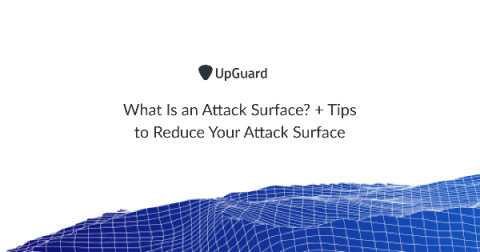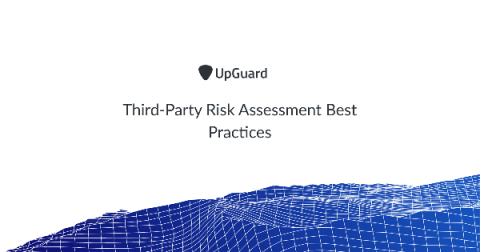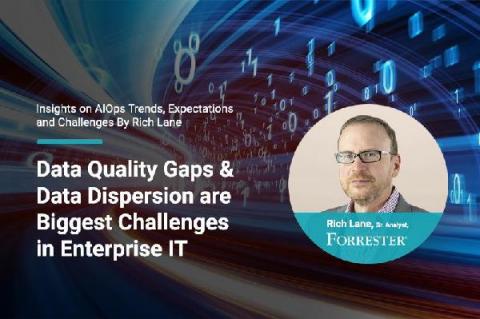Why cybersecurity In the healthcare sector needs improvement
A recent attack on a hospital in Brno, Czech Republic (a COVID-19 testing center)ehowed the extent to which weaknesses in a health center’s cybersecurity system can endanger the lives of patients. During this attack, patients had to be redirected to other hospitals and vital surgeries were postponed - all during a time in which vital testing needed to be carried out and releases needed to be sped up. A study published in the journal Technological Health Care by CS Kruse et al.










